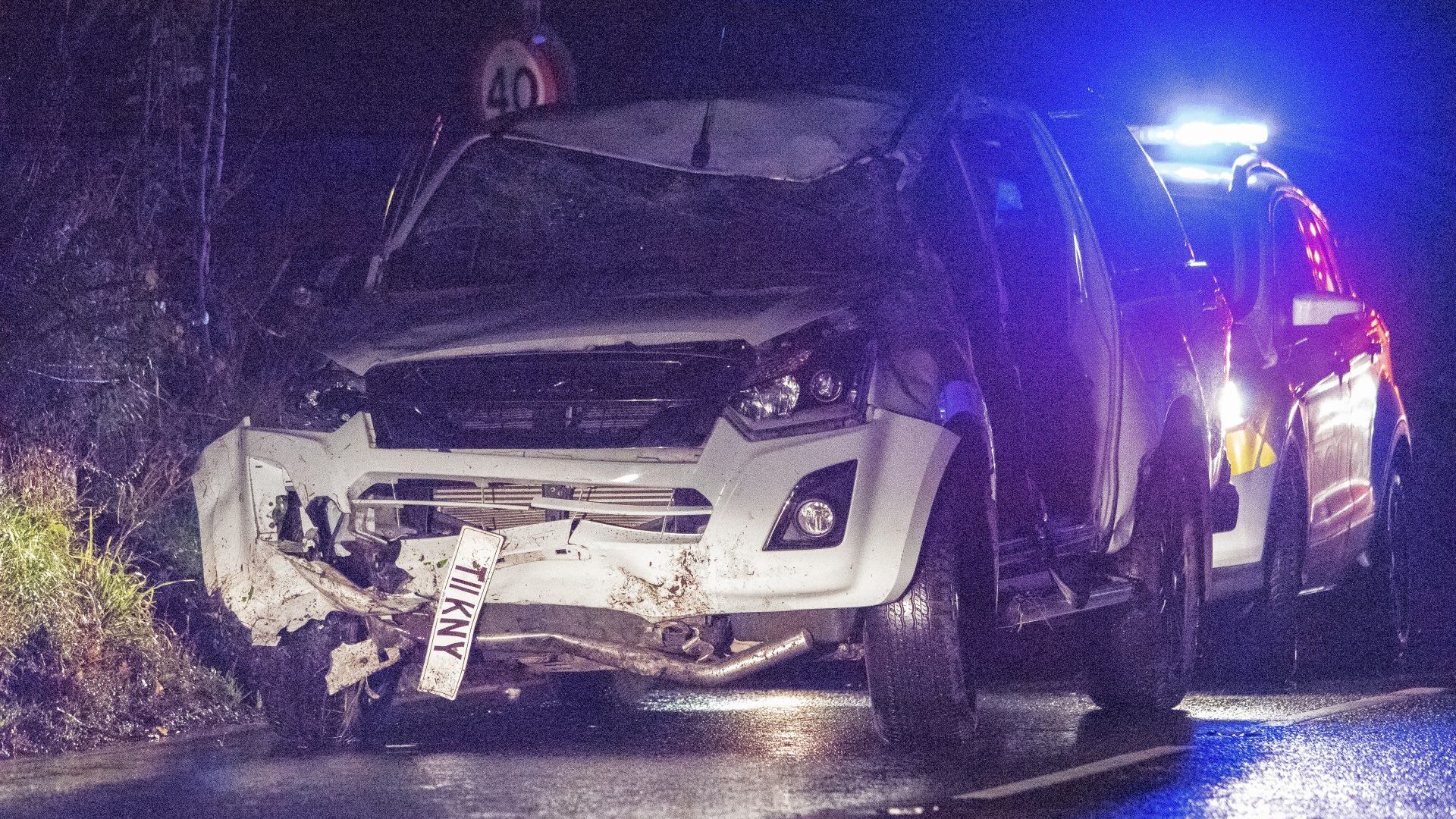

Driving while tired is as dangerous as driving while drunk, according to a new study from Australia.
The study, conducted for the Australian parliament, said driving after being awake more than 17 hours was akin to driving with a blood-alcohol content of .05 percent in regards to reaction times, alertness, and judgment.
While the United States, Mexico, and more consider a BAC of .08 percent legally impaired, others such as Australia, Canada, and most of Europe use a stricter .05 percent standard. A handful of countries, including Japan (.03 percent) and China (.02 percent), are even more strict.
People process alcohol differently, but an average 100-pound woman would reach .05 percent BAC after consuming only one drink in an hour. A 180-pound woman would need two drinks to reach that BAC. Meanwhile, a 150-pound man with an average metabolism reaches .05 percent after two drinks in an hour, and a 220-pound man gets there after three drinks.
The Australian report jibes with similar research on this side of the Pacific. A report put out late last year by the AAA Foundation for Traffic Safety, found that 8.8 percent to 9.5% percent of all crashes involved driver drowsiness.
The National Highway Traffic Safety Administration estimates that 795 people died in the U.S. due to drowsy driving in 2017. It states that drowsy driving crashes are most common between midnight and 6 a.m. as well as in the late afternoon when people experience dips in their circadian rhythm. It notes that even if a sleep-deprived person drank coffee or energy drinks, they may still have “microsleeps.” These are momentary losses of consciousness that can last for four or five seconds.
“This means that at 55 miles per hour, you’ve traveled more than 100 yards down the road while asleep,” the NHTSA states. “That’s plenty of time to cause a crash.”
The organization recommends drivers feeling sleepy pull over for a short nap in a safe place, such as a lighted rest stop.